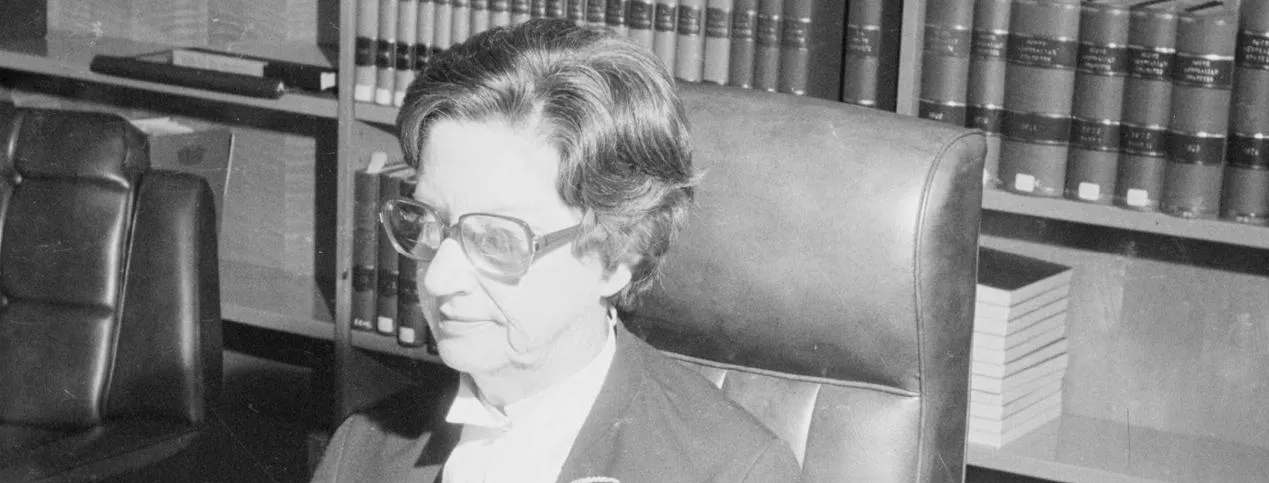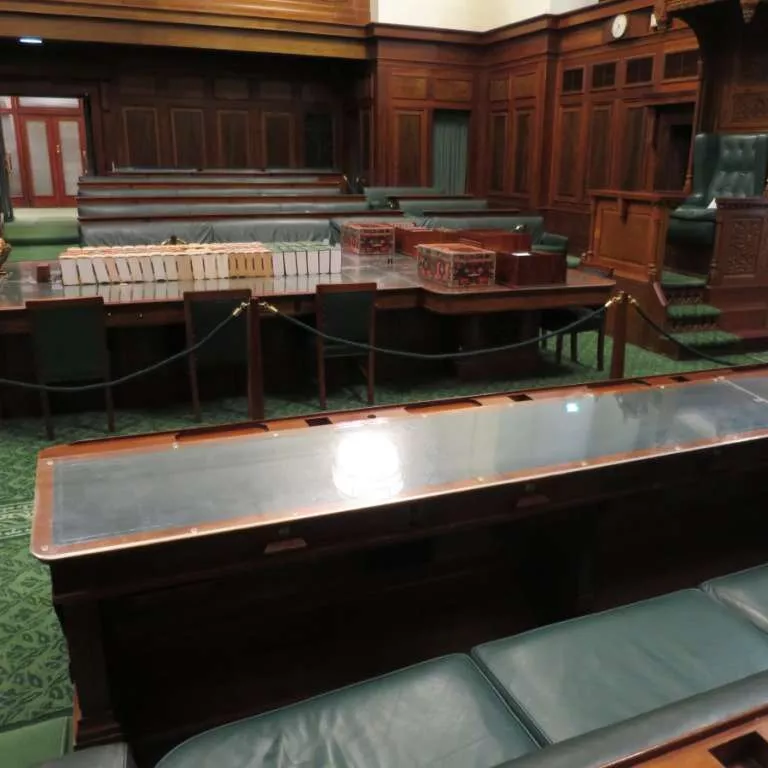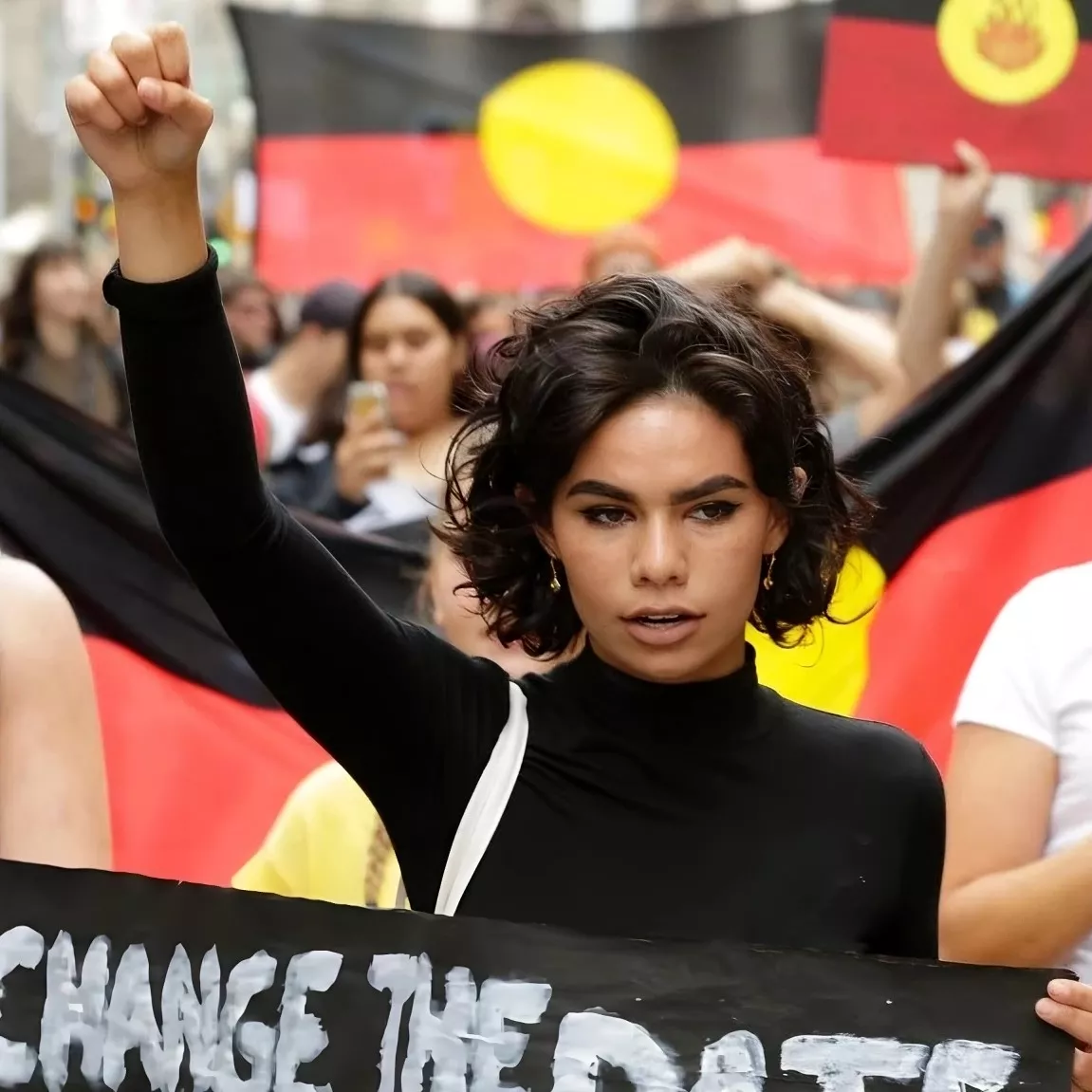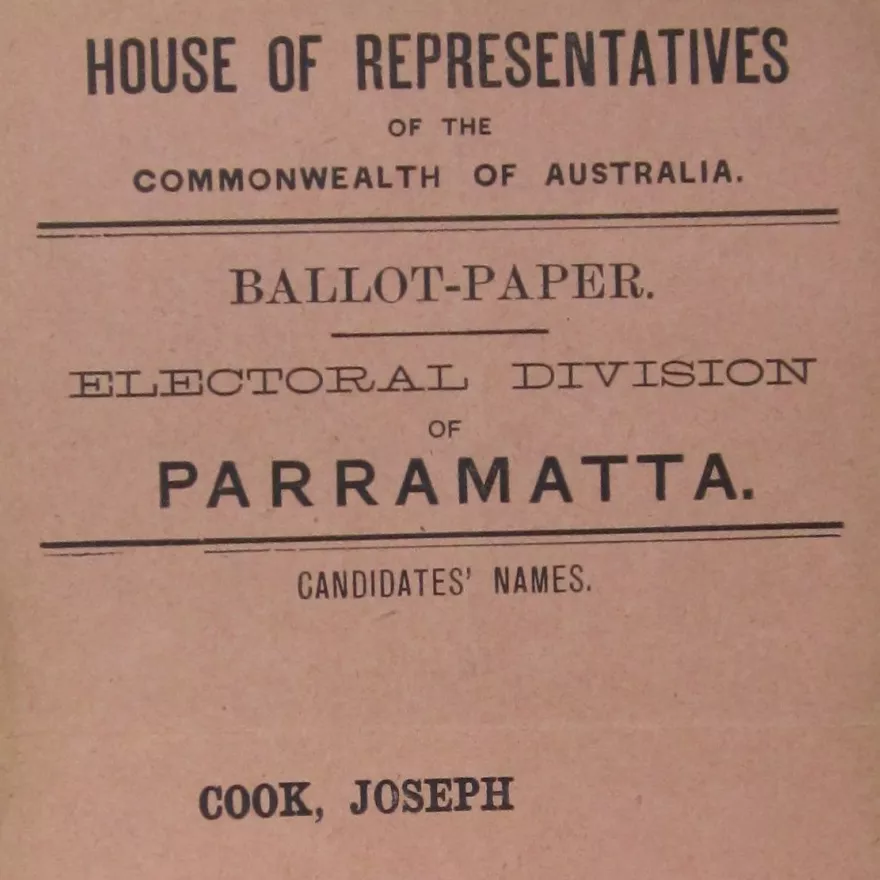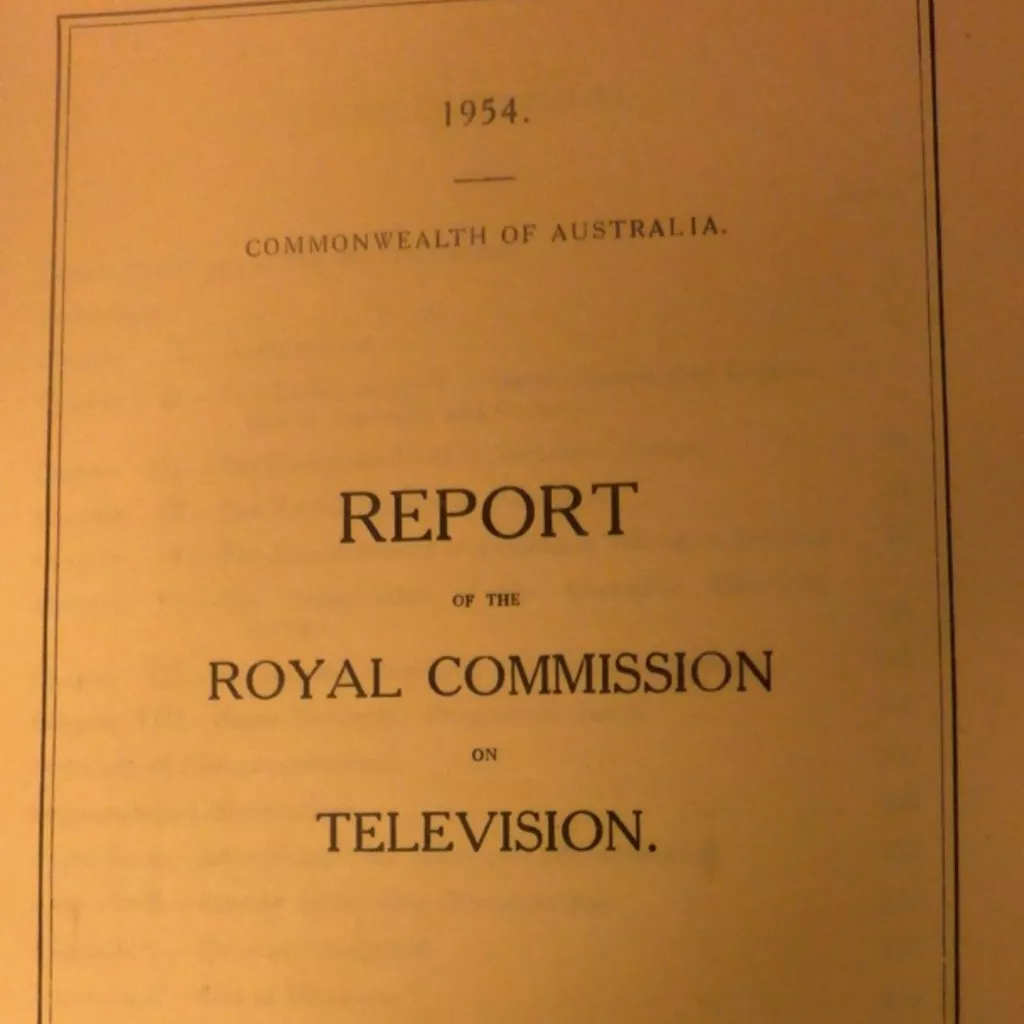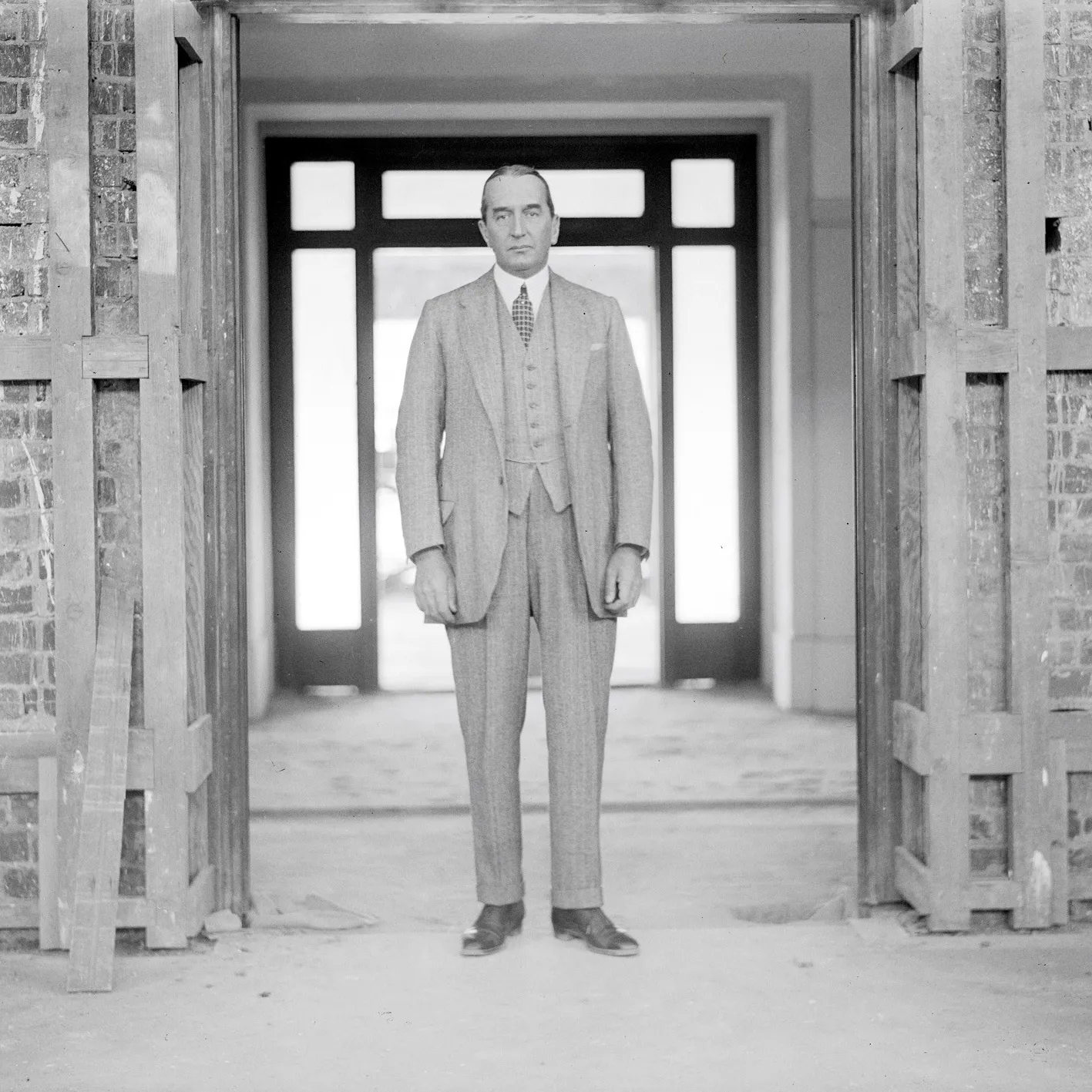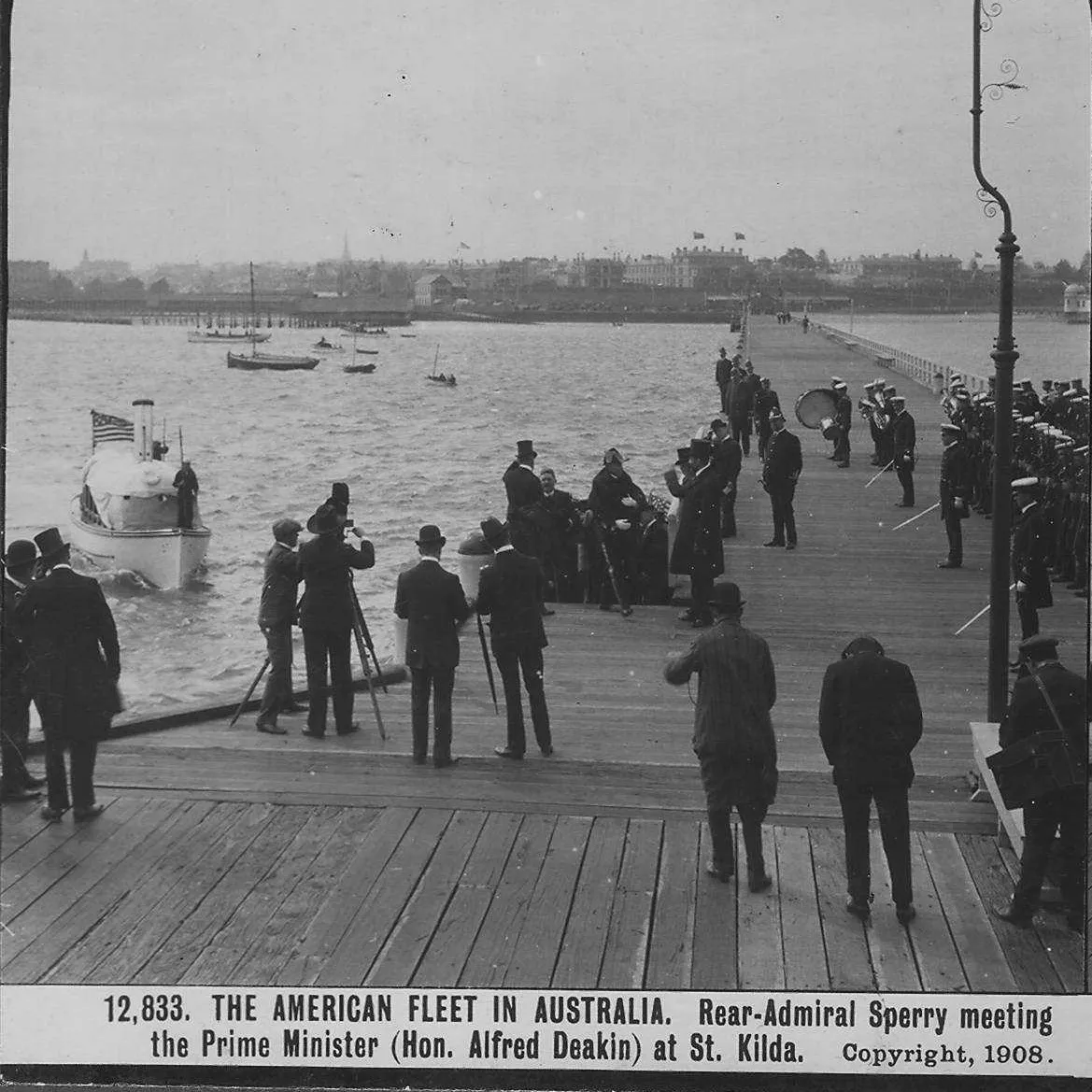What does a state governor do?
- DateMon, 30 Apr 2018
Every state has a governor representing the Crown, but what do they actually do? And who gets to be one?
First Nations people are advised that this article contains the images and names of deceased people.
Each Australian state is a constitutional monarchy.
Because they aren’t sovereign nations, they don’t have a head of state of their own, but the Crown is represented by a governor. States had governors when they were colonies, and every state had a governor long before they had a premier or a state parliament. The first Governor of New South Wales, Arthur Phillip, landed with the First Fleet, and at the time had jurisdiction over a large portion of the continent, and New Zealand.
What does a governor do?
Unlike in America, where governors run their states, Australian governors hold a largely ceremonial position. Governors, and the governor-general, are referred to as 'vice regal' positions. The word translates from Latin and French literally as 'in place of the king'. Because they represent the Crown, governors formally appoint the state premier, and preside over the opening of each state parliament. State governors also issue the writs for state elections and, importantly, for the election of senators from their state. They can refuse to call an election if there is cause to believe one isn't necessary. During the 1980s this happened in both Queensland and Tasmania. Governors also sign legislation into law, giving 'Royal Assent', before it takes effect. State governors are also usually patrons of various state organisations and institutions.
One interesting duty of state governors is the 'dormant commission' held by the most senior of them. The governor who has been in office the longest is the acting governor-general when that office falls vacant, or when the governor-general is out of the country.
How long do governors serve?
There is no technical limit to how long a governor serves in office, but most are appointed for a term of about five years. Sir Roden Cutler was Governor of New South Wales for over 14 years. It is unusual, but not unheard of, for someone to be governor of more than one state; Sir Charles Gairdner was Governor of Western Australia for twelve years and then Tasmania for five. Before Federation some British governors had more than one colony under their control at a time, and although there's nothing to stop someone being governor of multiple states simultaneously, it has never happened.
How do you become a governor?
In the early days, most of the colonial governors were army or navy officers, sent out to command their colony as a military outpost. As the level of civilian control increased, governors moved from being commanders to administrators, and eventually the job became ceremonial. Over time, it also became the norm to appoint an Australian, rather than someone from the UK, to a vice-regal office. State governors today are almost always leading citizens of their state, with long, distinguished careers in the arts, military, law, administration or academia. Western Australia's government appointed the Hon Kim Beazley AC as governor from 2018 to 2022. Appointing a former politician is somewhat unusual, but not unheard of. Governors are expected to be neutral and nonpartisan, so political figures are usually avoided but it does happen.
The appointment of a state governor is made by the monarch, acting on the advice of the relevant state premier. In the past the choice was made by the British government in consultation, but today it is entirely up to the government of each Australian state to choose its own governor.
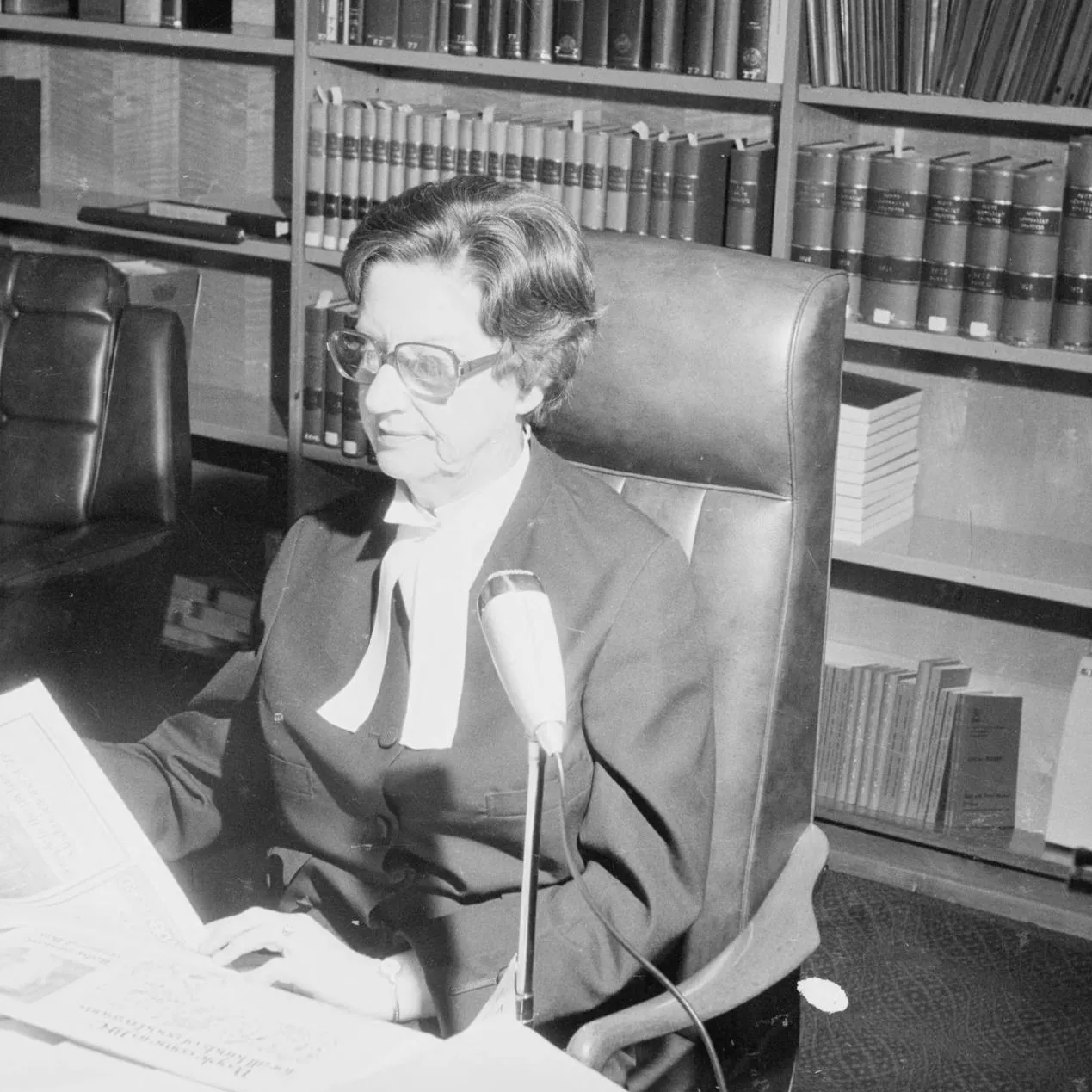
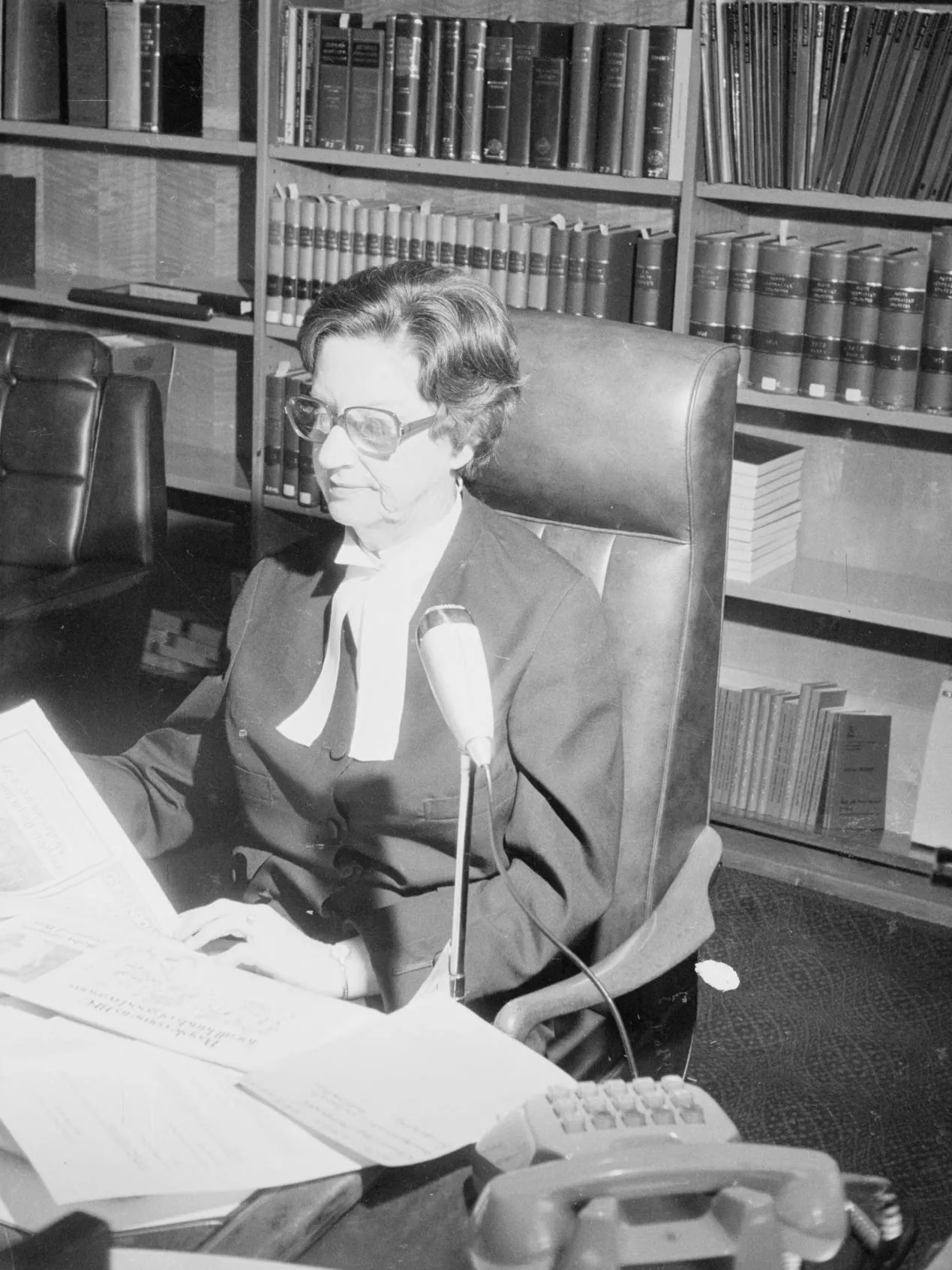
Dame Roma Mitchell, appointed Governor of South Australia in 1991, was the first woman to serve as an Australian state governor. As of 2018, every state has had at least one woman in its Government House. Photograph National Library of Australia
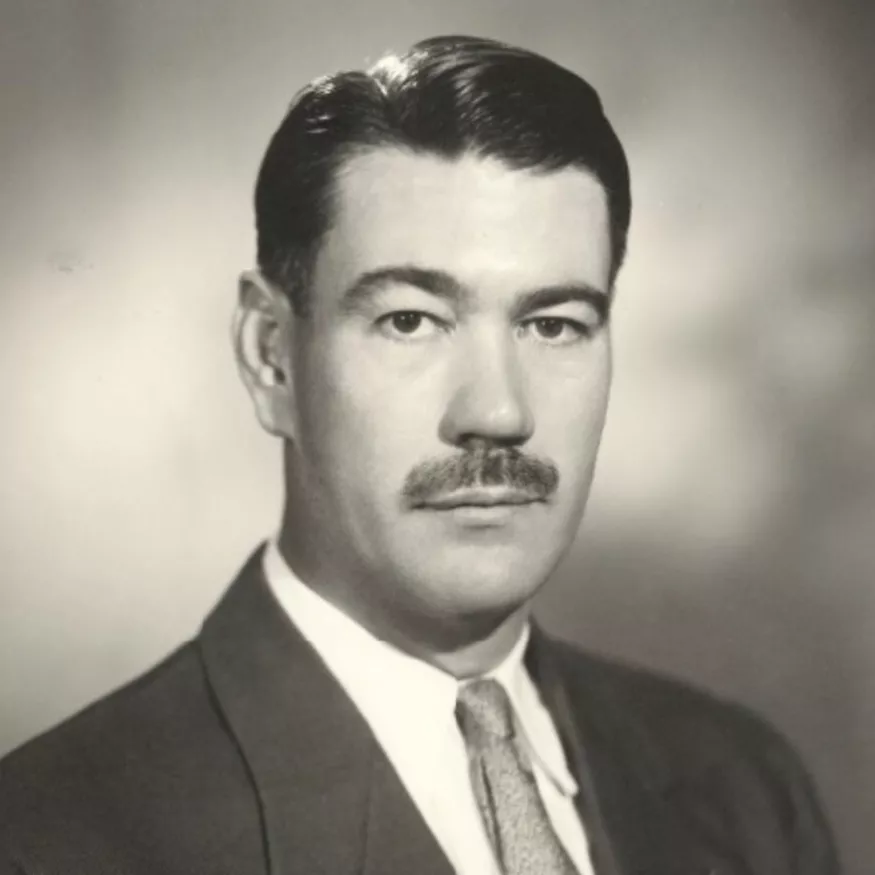
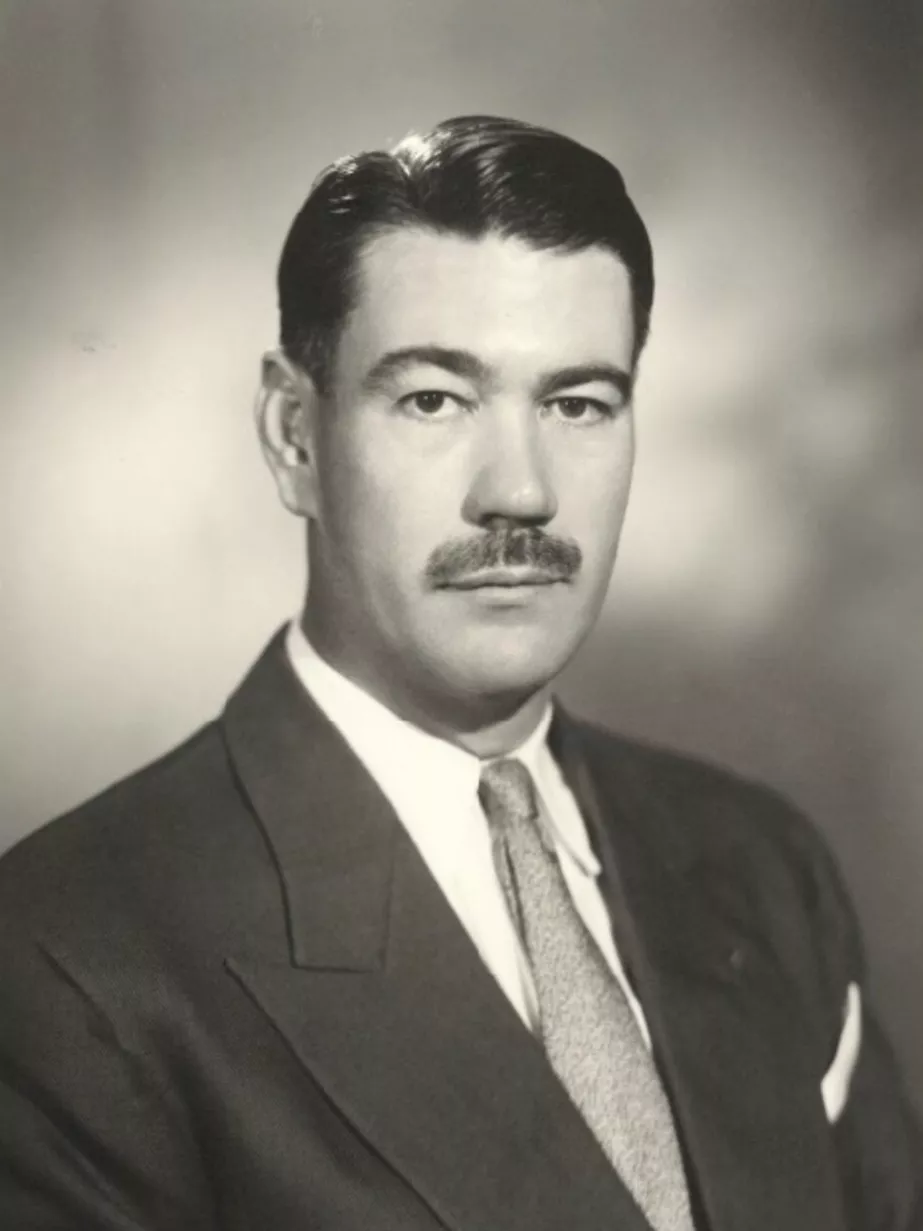
Sir Roden Cutler served as Governor of New South Wales for 15 years, longer than anyone else. Photograph National Library of Australia
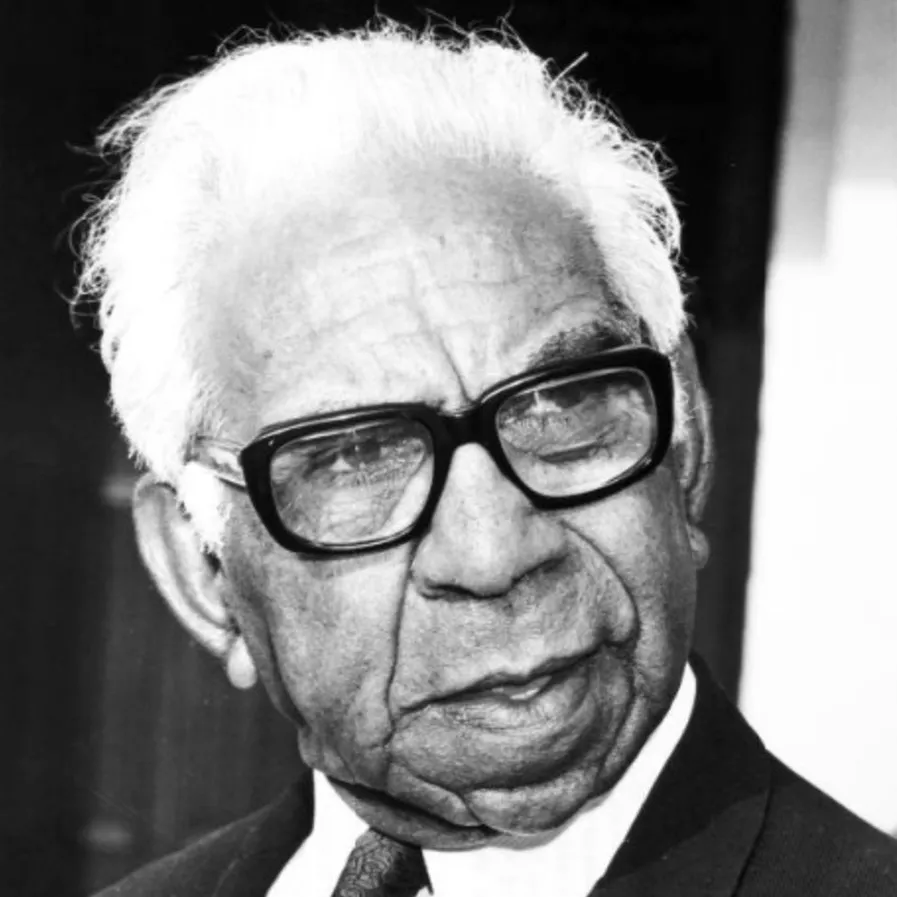
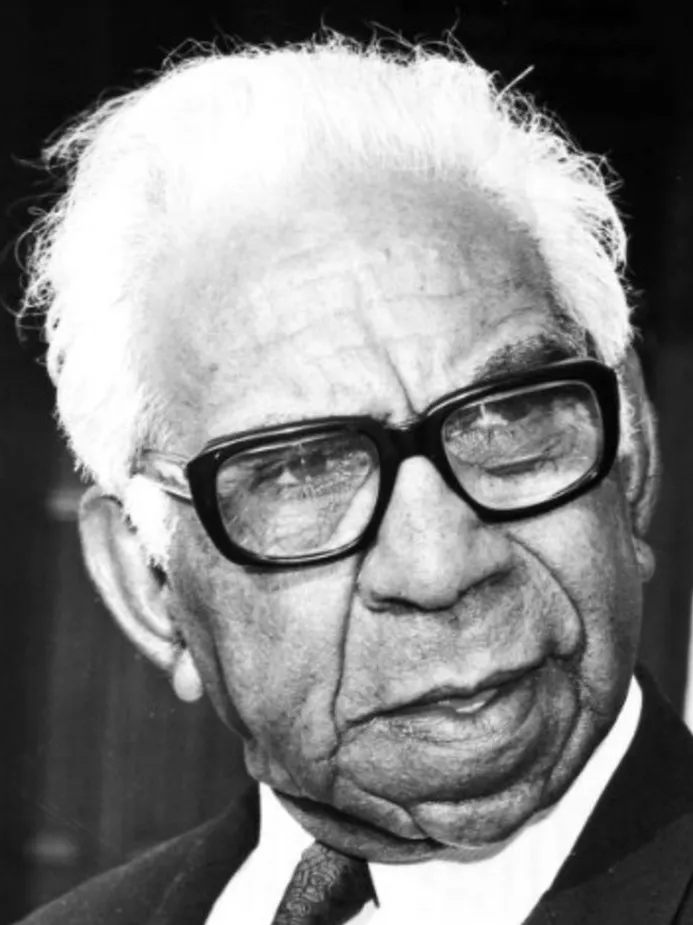
Sir Douglas Nicholls was appointed Governor of South Australia in 1976, the first Indigenous Australian to hold vice-regal office. Photograph National Library of Australia
What if you don't live in a state?
The Northern Territory has an 'administrator' who performs a similar role, but because territories are not states, the position is appointed by the prime minister and not the chief minister. The Australian Capital Territory has a 'self-assenting' system, meaning laws do not need to be signed off by anyone to become effective. There is no administrator for the ACT; any vice-regal duties that may be necessary are performed by the governor-general.
Do we even need state governors?
Some states have experimented with reform of the position, if not outright abolition. For instance, Western Australia did not appoint one at all from 1933 to 1948, letting its unpaid Lieutenant Governor exercise the job on an acting basis. While it didn't abolish the job, New South Wales removed Government House, Sydney, as the governor's official residence from 1996 to 2011, with the governor residing in their own home.

